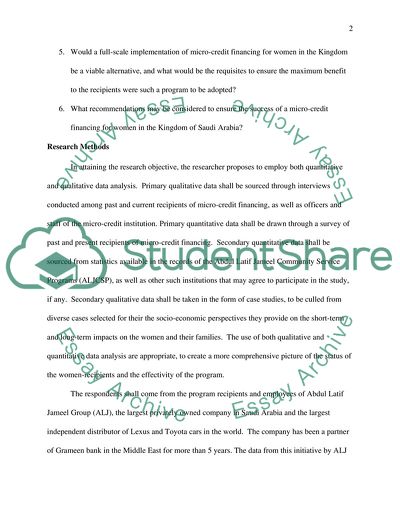Cite this document
(Micro-Credit Lending to Women Research Proposal Example | Topics and Well Written Essays - 1500 words, n.d.)
Micro-Credit Lending to Women Research Proposal Example | Topics and Well Written Essays - 1500 words. https://studentshare.org/macro-microeconomics/1732311-phd-propsal
Micro-Credit Lending to Women Research Proposal Example | Topics and Well Written Essays - 1500 words. https://studentshare.org/macro-microeconomics/1732311-phd-propsal
(Micro-Credit Lending to Women Research Proposal Example | Topics and Well Written Essays - 1500 Words)
Micro-Credit Lending to Women Research Proposal Example | Topics and Well Written Essays - 1500 Words. https://studentshare.org/macro-microeconomics/1732311-phd-propsal.
Micro-Credit Lending to Women Research Proposal Example | Topics and Well Written Essays - 1500 Words. https://studentshare.org/macro-microeconomics/1732311-phd-propsal.
“Micro-Credit Lending to Women Research Proposal Example | Topics and Well Written Essays - 1500 Words”. https://studentshare.org/macro-microeconomics/1732311-phd-propsal.


